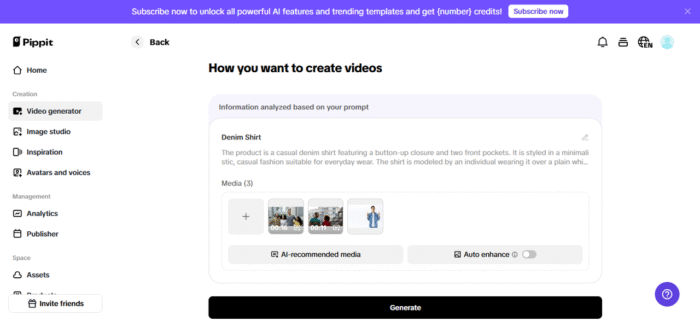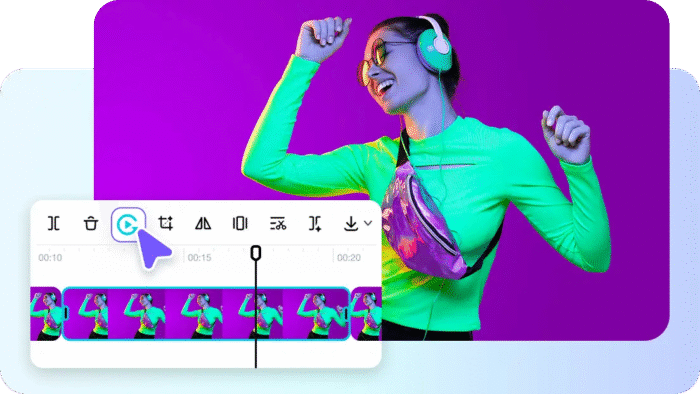Out of Town Blog
Jump-Cut Humor: Using Quick Edits to Amplify Comedic Timing
Jump-cut comedy is less a joke and more a timing that serves it. You can begin with the payoff or the absurd and allow the edit to condense the setup. A slight trick, such as a jarring splice preceding a reaction, can make a shrug into a gut punch. Tools simplify experimentation; with Pippit at your disposal and a one-off video reverser ready to go, you can experiment with trims and reverse flourishes until the timing is, well, inevitable.
Sound dictates the cut
Sound and silence are just as sculpted as the edit. A plunge in ambient noise before a punch leaves a vacuum that the punchline can occupy. A staccato percussive hit timed to a micro-cut, on the other hand, can be like a drum roll that punctuates the joke. Record clean foley: footsteps, rustle of clothes, clank of utensils. Overlap sound so edits will feel smooth instead of jarring; the proper hit makes a one-frame cut seem cinematic.
Patterns that bring laughs
There are iterable micro-patterns that predictably elicit laughs on the internet. Weaponize them, not rely on them.
- snap cut: cut the end of the setup so the response comes sooner and harder
- echo frame: duplicate a single frame two times to make a stutter
- contrast hold: an abrupt freeze frame leading up to the punch increases surprise
- reverse blink: a small reversed movement as a comedic emphasis, reserved for very occasional use
Make stills move for timing
When there is little motion, insert images into the gag. Image to video conversions allow editors to animate a stuck face or an object for two frames, providing them with additional rhythm choices. A small parallax or micro-zoom can make a flat frame pop into a beat that resides amongst the rest of the cut.

Performances tuned for cuts
Directors who know jump-cuts teach actors to create micro-actions. Overact the small things: a blink, a throat clear, a hand moves and holds. These overplayed micro-movements withstand compression into two-frame beats and are readable on small phones. Practice with a stopwatch to discover the frame that becomes the pivot.
Editing rituals to discover the ideal millisecond
Jump-cut comedy editors form rituals. Begin with a raw timeline that keeps every frame, and then build three trimmed versions that vary by just a frame or two around the pivot. See all three at least three times, then sleep on it. The small change that feels awful in the…
Click Here to Read the Full Original Article at Out of Town Blog…
